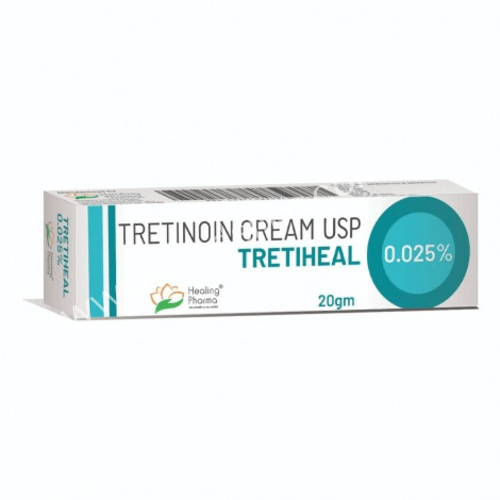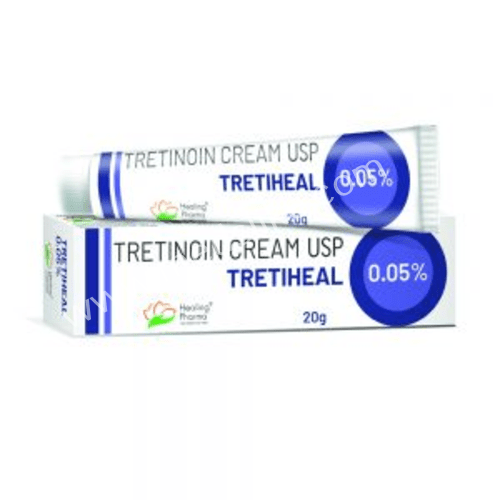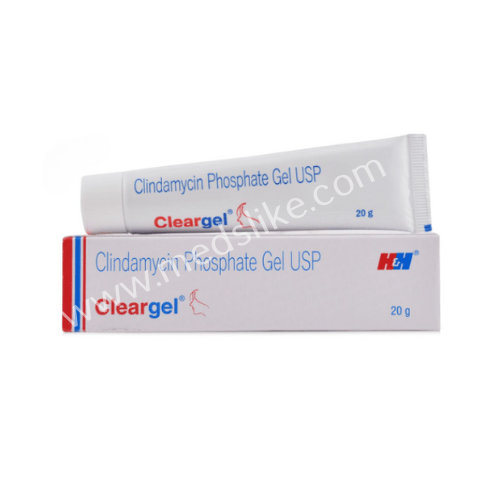Causes of Acne:
Propionibacterium acnes infection of the pilosebaceous glands. The severity of acne is correlated with the rate of sebaceous excretion, which increases during puberty. The hormonal effects may also be indicative of end-organ sensitivity, as the majority of patients have normal hormone profiles. However, both androgens and progestogens increase sebum excretion, while oestrogens reduce it. There is a possibility of a positive family history; monozygotic twins exhibit high concordance, and it is probable that genetic factors are significant in certain families. However, candidate genes have not yet been confirmed.
Symptoms:
Psychological Impacts:
It is particularly crucial to evaluate the impact of ATLs on adolescents, as they can have detrimental effects on self-esteem. The repercussions of acne, regardless of its objective severity, can be catastrophic, resulting in embarrassment, school avoidance, and lifelong effects on one’s ability to establish friendships, attract partners, and secure and maintain employment.
Most commonly, acne impacts the face and abdomen. Seborrhoea may manifest as an apparent greasiness of the epidermis. The comedone is the distinguishing feature: open comedones (blackheads) are dilated keratin-filled follicles that exhibit black papules as a result of the keratin debris, while closed comedones (whiteheads) are typically characterized by the absence of a visible follicular opening and are the result of the accumulation of sebum and keratin in the pilosebaceous ducts. Inflammatory papules, nodules, and cysts occur and may develop from comedones. Keloidal scarring may result from deep-seated or superficial acne.
There are distinct clinical variants:
Conglobate acne: Marked scarring is typically present, as well as comedones, nodules, abscesses, sinuses, and cysts. It is uncommon and typically affects adult males. It is most frequently observed on the trunk and upper extremities. It may be linked to hidradenitis suppurativa, a chronic, inflammatory disorder of the apocrine glands that primarily affects the groins and axillae, as well as scalp folliculitis and pilonidal sinus.
Fulminant acne: A rare but severe type of acne that is characterized by a raised neutrophil count and plasma viscosity, as well as fever, arthralgias, and systemic inflammation. It is typically observed on the trunk of adolescent males. Costochondritis is feasible.
Excoriated acne: Describes self-inflicted excoriations that are the result of compulsive plucking at pre-existing or imagined acne lesions. It typically impacts teenage females, and it is not uncommon for them to experience underlying psychological issues.
Acne that is secondary: Comedonald acne may result from occupational exposure to oils, tars, or chlorinated aromatic hydrocarbons or from the use of oily cosmetics. In patients who are taking systemic or topical corticosteroids, oral contraceptives, anticonvulsants, lithium, or antineoplastic medications, such as the epidermal growth factor receptor (EGFR) inhibitor, cetuximab, pustular acne is the most common occurrence. The majority of acne patients do not have an underlying endocrine disorder. Nevertheless, acne is a prevalent symptom of polycystic ovary syndrome, which should be considered if the acne is moderate to severe and is accompanied by hirsutism and menstrual irregularities. Virilization should also raise suspicion of an androgen-secreting tumor.
Prognosis: Acne is a clinical diagnosis. However, specific features that are associated with this can be examined. In the case of typical acne vulgaris, investigations are not necessary. Secondary causes and suspected underlying endocrine disease or virilization should be examined:
- Estrogen concentrations
- Testosterone concentrations
- Sex hormone binding globulins
- Iron binding capacity in its entirety
- FSH/LH ratios
Topical therapy is typically employed to manage mild disease. The use of topical benzoyl peroxide or retinoids is recommended when comedones are the predominant problem. Initially, the treatment should be administered at low concentrations for a brief period, and the dosage should be gradually increased as it is tolerated. Mild acne may also benefit from azelaic acid. Topical antibiotics, including clindamycin and erythromycin, should be effective for patients with moderate inflammatory acne. These antibiotics can be used in conjunction with other treatments. For moderate inflammatory acne, it is recommended to initially administer a systemic tetracycline, such as oxytetracycline or lymecycline, at a suitable dosage for a period of 3–6 months. In the event that the case does not respond, erythromycin or trimethoprim may be considered as alternatives. A combined oestrogen/anti-androgen contraceptive (such as cyproterone acetate) or estrogen-containing oral contraceptives may offer an additional advantage to women. If patients fail to respond adequately to six months of therapy with these combined systemic and topical approaches, they should be referred for consideration of isotretinoin (13 cis-retinoic acid).
Isotretinoin has transformed the treatment of moderate to severe acne that has not responded adequately to other therapies. It has a multifactorial mechanism of action, resulting in a reduction of sebaceous excretion by over 90%, follicular hypercornification, and P. acnes colonization. The duration of a typical course is four months. Although the clinical benefit is typically more enduring, sebum excretion typically returns to its baseline within a year of treatment discontinuation. Although a second or third course of isotretinoin may be necessary, numerous patients will not necessitate additional treatment. In patients who relapse following a higher dose regimen, a low-dose continuous or intermittent-dose regimen may be considered for a prolonged duration. In order to reduce the risk of a disease flare early in the treatment course, it may be necessary to combine severe acne with a systemic steroid in the short term. Given the side-effect profile of isotretinoin, careful screening and monitoring are necessary.
In the event of inflamed acne nodules or cysts, intralesional injections of triamcinolone acetonide may be necessary. These lesions can also be excised and drained, or excised under local anesthesia. Adequate treatment of active acne may prevent scarring. Intralesional steroid and/or silicone dressings may be effective in treating keloid lesions. Scarring may also be addressed through the use of carbon dioxide laser, microdermabrasion, chemical exfoliation, or localized excision. In patients with inflammatory acne who are unable to use conventional therapy, such as isotretinoin, UVB phototherapy or photodynamic therapy (PDT) may be employed on occasion. There is insufficient evidence to establish a causal relationship between diet and acne.
Myths/Facts:
- Myth: Acne is not a disease to be worried, it comes and goes.
- Fact: Acne is a disease which can be treated depending upon the severity.
- Myth: Once you get acne, you’ll have scars forever.
- Fact: Acne scars fade over time.













